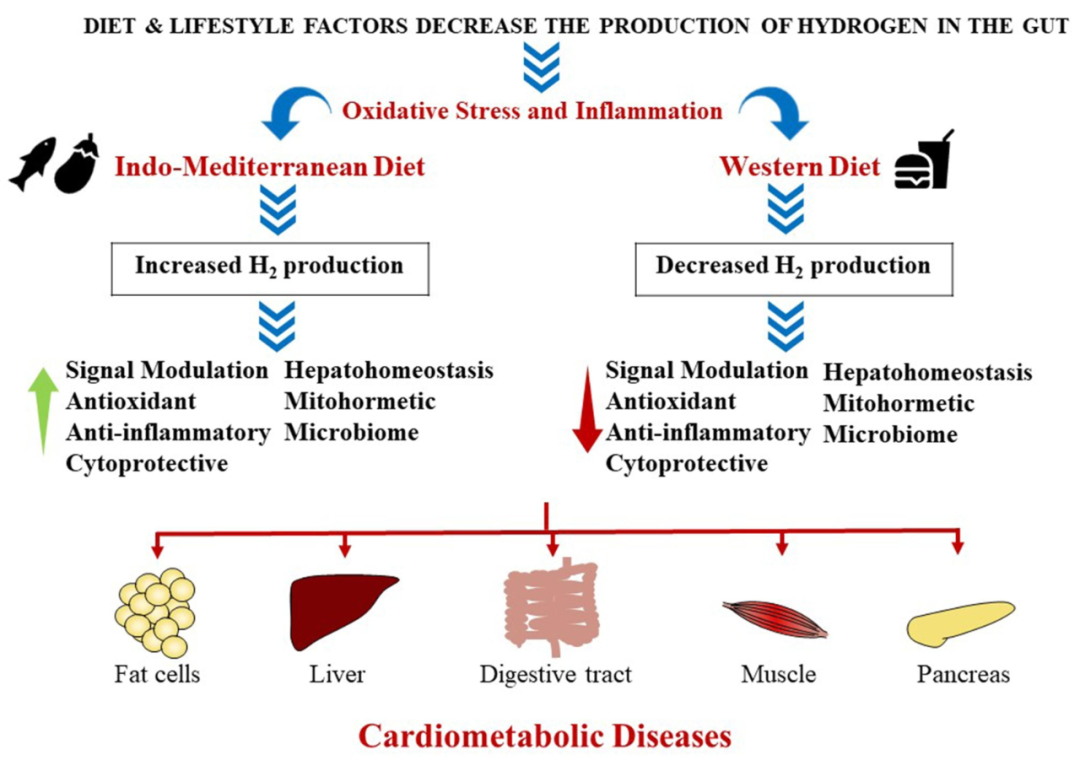String beans are one of the vegetable varieties with high daily consumer demand. Fertilization management is very important if you want to grow string beans, because string beans are in high demand for fertilization. Let's learn from which angles to fertilize green beans to achieve high yield.
1. Nursery fat
The planting of string beans is mainly live broadcast. With the development of cultivation techniques for string beans in protected areas, methods for transplanting seedlings have gradually become popular. The nutrient soil used for nursery should be a vegetable garden soil that has not been planted with string beans in 2 to 3 years. It is made by mixing 4 parts of vegetable garden soil with 4 parts of rotted horse manure and 2 parts of rotted chicken manure. Then add 2 ~ 3 kg of superphosphate and 0.5 ~ 1.0 kg of potassium sulfate. Soil acidity and alkalinity should be neutral or weakly acidic. Soil overacidity will inhibit the activity of rhizobia on acidic soil. Appropriate lime can be used to neutralize acidity. When lime is applied, it should be mixed with bed soil. Large or uneven mixing can easily cause burning seedlings and ammonia volatilization, causing gas hazard.
2. Base fertilizer
String beans are fat crops in beans. Although they have nodules, the nitrogen fixation is weak. In the seedling stage of rhizobia, it is necessary to use the available nutrients in the base fertilizer to promote plant growth and development. Generally, 4000-5000 kg of stable manure per mu, or 5000 kg of decomposed organic fertilizer, and 20-35 kg of superphosphate , Plant ash 100 kg.
The basic fertilizer of dwarf string beans can be reduced appropriately. Roots of string beans have higher requirements on soil oxygen. The application of unrotted chicken manure or other organic fertilizers will increase the reducing gas in the soil and reduce the oxygen. Therefore, applying base fertilizer should pay attention to the selection of fully decomposed organic fertilizer, and it is not suitable to use too much nitrogen fertilizer as seed fertilizer.
3. Topdressing
Green beans 20 to 25 days after sowing, when the flower bud differentiation of green beans begins, if there is no sufficient base fertilizer, the green beans show the symptoms of lack of fertilizers, and topdressing should be carried out in time, applying 20% ​​to 30% of the biogas slurry per mu for about 1500 Kilograms, potassium sulfate can also be added to 4-5 kg ​​per 1000 kg of dilute manure. Early application of top dressing has obvious effect on yield increase, but applying too much nitrogen fertilizer at the seedling stage will make green beans long. Therefore, whether top dressing should be based on plant growth.
Green beans require the most fertilizer during the flowering and poding period. The nutrients of the vine varieties during the podding period mainly come from root absorption, and part of them are transported from the stems and leaves, and the flowering and podding periods are longer and the dwarf variety string bean The nutrients transported by stems and leaves during the period are higher than those absorbed by the roots. Therefore, the vine varieties need a larger amount of fertilizer than the dwarf varieties, and the number of fertilization times should be increased accordingly. Generally, dwarf string beans are top-dressed 1-2 times, and overgrown string beans are top-dressed 2-3 times. Each time topdressing urea 7 ~ 11 kg, potassium sulfate 10 ~ 15 kg, the dosage of nitrogen fertilizer is halved in the last time, and the dosage of potassium fertilizer can also be halved or not applied.
4. Matters needing attention
The fast-acting nutrients are needed at the seedling stage of string beans, so the basal fertilizer should be rotted organic fertilizer, a small amount of nitrogen fertilizer, and phosphorus and potassium fertilizers. The fertilizer is turned into the soil and then ridged. The amount of base fertilizer for dwarf varieties is about 80% of vine growth. However, it should be noted that adding too much nitrogen fertilizer to the base fertilizer will cause the plant stem and leaf tissues to be young and long. For the cultivation covered with plastic film, the amount of basal fertilizer should be increased appropriately compared with open cultivation because of inconvenient top dressing.
In summary, friends who want to learn green bean fertilization can refer to it. In addition to fertilization, it is important to plant green beans, and watering is also the key.
Disclaimer: Some articles of this website are transferred from the Internet. If the legal rights of third parties are involved, please inform this website for processing. phone
Hydrogen Gas Generator Inhaler

What's hydrogen gas inhaltor? Let's to know more.
The development of hydrogen gas inhalation therapy
The research on hydrogen in the field of biology can be traced back to the beginning of the 21st century. That said, hydrogen inhalation therapy is an emerging treatment method that has received a lot of attention.
In 2007, Japanese scholar Professor Shigeo Ohta reported for the first time in the journal Nature Medicine that hydrogen has a significant therapeutic effect on cerebral ischemia-reperfusion injury. Since then, more and more studies have shown that hydrogen has various biological effects such as antioxidant, anti-inflammatory, and anti-apoptosis, and has potential therapeutic value for a variety of diseases.
How does hydrogen gas work?
The hydrogen gas generator uses water electrolysis to gather hydrogen gas and oxygen gas, and the ratio is H2:O2=2:1. Hydrogen exists in nature as a diatomic molecule. It is the molecule with the smallest weight and volume in nature, and is the only substance known in nature that can selectively scavenge free radicals.
The mechanism by which it exerts its antioxidant response mainly includes the following aspects:
1. Unique antioxidant properties
1) Selective antioxidant: Hydrogen can selectively neutralize the most toxic hydroxyl radicals (·OH) and nitrite anions (ONOO-), while reactive oxygen species with physiological functions such as superoxide anions (Oâ‚‚â») , hydrogen peroxide (Hâ‚‚Oâ‚‚), etc. have less impact. This allows hydrogen to resist oxidation without interfering with normal physiological redox reactions.
2) High diffusivity: Hydrogen is the smallest molecule in nature and has extremely high diffusivity. It can quickly penetrate biological membranes and reach various parts of cells, including mitochondria, cell nuclei, etc., effectively remove free radicals and protect cells from oxidative damage.
2. Regulation of oxidative stress-related signaling pathways
1) Activate the Nrf2 signaling pathway: Nrf2 (nuclear factor E2-related factor 2) is an important antioxidant transcription factor in cells. Hydrogen can activate the Nrf2 signaling pathway, promote the expression of downstream antioxidant enzymes such as superoxide dismutase (SOD), glutathione peroxidase (GPx), etc., and enhance the cell's own antioxidant capacity.
2) Inhibit the NF-κB signaling pathway: NF-κB (nuclear factor κB) is a key inflammatory signaling pathway that is activated under oxidative stress, leading to the release of inflammatory factors. Hydrogen can inhibit the activation of NF-κB and reduce the inflammatory response, thereby reducing the damage to cells caused by oxidative stress.
3. Improve mitochondrial function
1) Reduce mitochondrial free radical production: Mitochondria are the main place where energy is produced in cells and are also the main site where free radicals are produced. Oxidative stress can lead to mitochondrial dysfunction and increased free radical production. Hydrogen can improve mitochondrial function and reduce the production of mitochondrial free radicals, thereby alleviating oxidative stress.
2) Maintain the stability of mitochondrial membrane potential: Hydrogen can maintain the stability of mitochondrial membrane potential, prevent the opening of mitochondrial membrane permeability transition pores, reduce the release of cytochrome C, and inhibit cell apoptosis.
4. Regulate intestinal flora
1) The relationship between intestinal flora and oxidative stress: The imbalance of intestinal flora is closely related to oxidative stress. Unhealthy intestinal flora will produce a large number of harmful metabolites, such as endotoxins, hydrogen sulfide, etc., which can cause oxidative stress and inflammatory reactions.
2) The regulating effect of hydrogen on intestinal flora: Hydrogen can regulate the composition and function of intestinal flora, increase the number of beneficial bacteria and reduce the growth of harmful bacteria. Beneficial intestinal flora can produce substances such as short-chain fatty acids, which have antioxidant and anti-inflammatory effects, thereby reducing the damage of oxidative stress to the body.
Why choose hydrogen gas inhalation therapy?
• High safety: Hydrogen is a colorless, odorless, non-toxic gas with no obvious toxic or side effects on the human body.
• Strong antioxidant effect: Hydrogen can selectively neutralize toxic free radicals such as hydroxyl radicals and nitrite anions, reducing oxidative stress damage.
• Significant anti-inflammatory effect: Hydrogen can inhibit the release of inflammatory factors and reduce inflammatory reactions.
• Easy to use: The hydrogen inhalation device is easy to operate and can be used by patients at home.
What diseases can hydrogen be used for?

1. Neurological diseases
• Cerebral ischemia-reperfusion injury: Hydrogen can reduce neuronal cell death and inflammatory response caused by cerebral ischemia-reperfusion injury, and promote the recovery of neurological function.
• Parkinson's disease: Studies have found that hydrogen can improve the motor symptoms and quality of life of patients with Parkinson's disease.
• Alzheimer's disease: Hydrogen may delay the progression of Alzheimer's disease through antioxidant and anti-inflammatory effects.
2. Cardiovascular diseases
• Myocardial ischemia-reperfusion injury: Hydrogen can reduce myocardial cell death and arrhythmia caused by myocardial ischemia-reperfusion injury, and protect heart function.
• Hypertension: Studies have shown that hydrogen can lower blood pressure and improve endothelial function.
3. Respiratory diseases
• Chronic obstructive pulmonary disease: Hydrogen can reduce the inflammatory response of patients with chronic obstructive pulmonary disease and improve lung function.
• Asthma: Hydrogen may have a certain therapeutic effect on asthma, but current research is still relatively limited.
4. Metabolic diseases
• Diabetes: Hydrogen can improve blood sugar control in diabetic patients and reduce oxidative stress and inflammatory response.
• Hyperlipidemia: Hydrogen may reduce blood lipid levels and prevent atherosclerosis.
5. Other diseases
• Cancer: The antioxidant and anti-inflammatory effects of hydrogen may be helpful in the treatment and prevention of cancer, but more research is needed to confirm this.
• Skin diseases: Hydrogen can promote skin wound healing and improve skin inflammation.
For different using place, different health status, different treatment purpose, you may have different hydrogen gas inhaler model choice. For professional recommend, free to send us inquiry for more infos sharing.
Hydrogen gas inhaler,Water Electrolysis Hydrogen Generator,Hydrogen gas inhalator,hydrogen Gas Generator,Hydrogen Inhalation Machine
Shenzhen Guangyang Zhongkang Technology Co., Ltd. , https://www.syztreatment.com